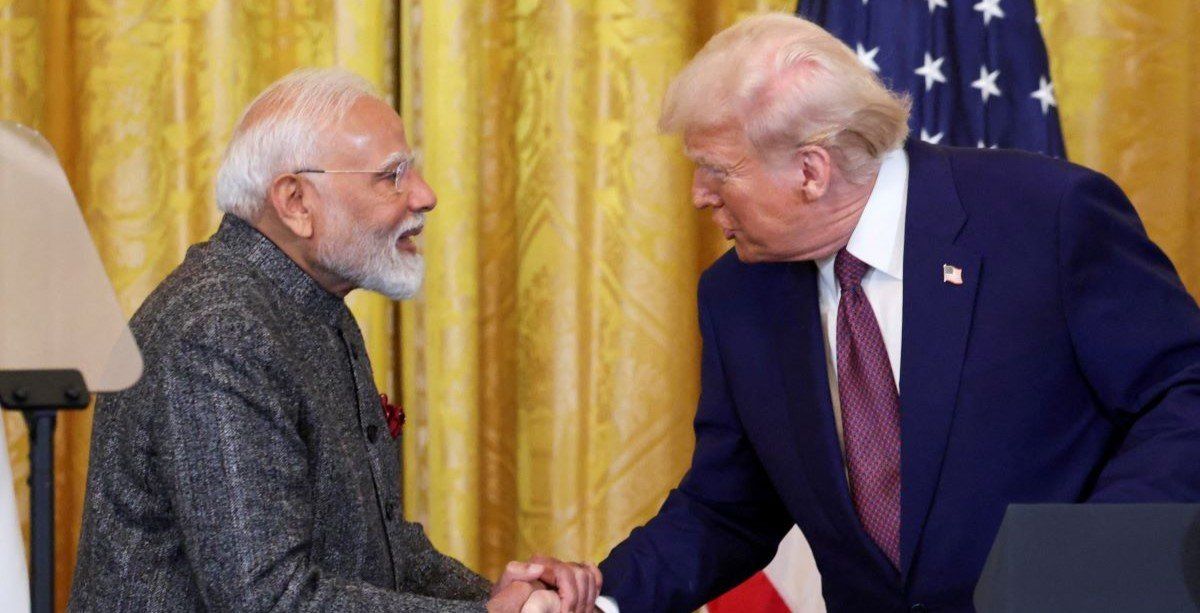Modi has been around long enough to have navigated trade frictions during Trump’s first term, and he was one of the first world leaders to approach Trump earlier this year with a conciliatory approach to growing trade tensions. Now, according to US Treasury Secretary Scott Bessent, the first phase of a new US-India trade deal might be “one of the first trade deals we would sign." Following a visit to Washington last week, Rajesh Agrawal, India’s lead trade negotiator, highlighted hopes for a “mutually beneficial, multi-sector bilateral trade agreement by fall of 2025, including through opportunities for early mutual wins.” Creating more market openings for US exports will come at a cost in a country long known for trade protectionism, but Modi has also made moves in recent years to open trade talks with the EU, the UK, and others.
This also follows news that, to avoid the Trump administration’s surging tariff rates on China, Apple has unveiled plans to move production of most of the 60 million iPhones it sells in the US each year from China to India by the end of 2026 – though the transition may take longer.More from GZERO Media
As AI adoption accelerates globally, questions of equity and access are coming to the forefront. Speaking with GZERO’s Tony Maciulis on the sidelines of the 2025 Paris Peace Forum, Chris Sharrock, Vice President of UN Affairs and International Organizations at Microsoft, discusses the role of technology in addressing global challenges.
In this Quick Take, Ian Bremmer weighs in on the Trump-Xi meeting in South Korea, calling it “a truce, not a breakthrough.”
LIVE PREMIERE: What does it take to build AI economies? Our global experts explore this question, touching on data infrastructure, skilling, and governance, in a conversation at the inaugural Abu Dhabi Global AI Summit. Watch on Monday, November 3 at 11 am ET at gzeromedia.com/globalstage.
23: Twenty-three people have died in Haiti after Hurricane Melissa passed near the island, adding more anguish to a country that has been in crisis for most of the past decade and without a president since Jovenel Moïse was assassinated in 2021.
What We’re Watching: Canada’s government on the brink again, Far-right setback in the Netherlands, Iran’s capital city on the move?
Canada's Prime Minister Mark Carney speaks during Question Period in the House of Commons on Parliament Hill in Ottawa, Ontario, Canada, October 22, 2025.
Canada’s government could collapse next week
US President Donald Trump and Chinese President Xi Jinping talk as they leave after a bilateral meeting at Gimhae International Airport, on the sidelines of the Asia-Pacific Economic Cooperation (APEC) summit, in Busan, South Korea, on October 30, 2025.
After months of escalating tensions, US President Donald Trump and Chinese President Xi Jinping reached a trade truce at their meeting in South Korea on Thursday. Several long-term issues remain unresolved, though.
Former UN High Commissioner for Human Rights Michelle Bachelet says global leadership needs a different kind of leader.
As the UN reaches its 80th anniversary, pivotal questions arise: How can it evolve to address contemporary global challenges? What reforms are essential for maintaining its relevance? At the 2025 Paris Peace Forum, GZERO Media's Tony Maciulis led a lively panel discussion on the urgent need for organizational reform.
Credit and debit card spending rose 1.7%, but weak wage growth and a cooling labor market still limit young consumers' buying power. Will lower housing costs offer relief? Subscribe to Bank of America for the full outlook.
Last week, I wrote about the political revolution that President Donald Trump has launched in the United States and how it has made America a fundamentally unreliable player on the world stage.
